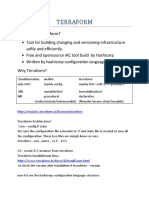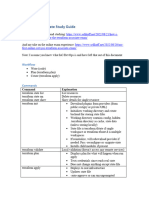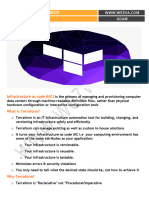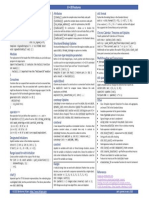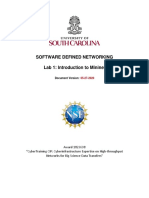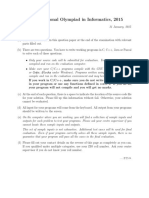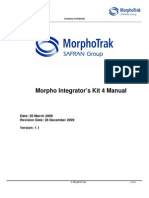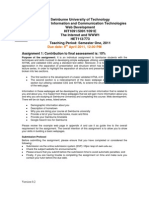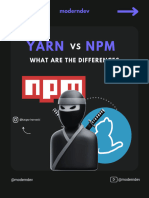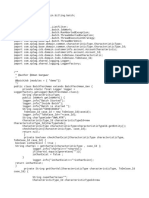0% found this document useful (0 votes)
186 views30 pagesMastering Terraform - One File at A Time!
Terraform is an Infrastructure as Code (IaC) tool by HashiCorp that enables efficient provisioning and management of cloud infrastructure using declarative configuration files. It follows a workflow of writing configurations, initializing, planning, applying, and destroying resources, while supporting multiple cloud providers. Key components include .tf files for configurations, state management for tracking resources, and best practices for modifying and deleting resources safely.
Uploaded by
Reddy dbaCopyright
© © All Rights Reserved
We take content rights seriously. If you suspect this is your content, claim it here.
Available Formats
Download as PDF, TXT or read online on Scribd
0% found this document useful (0 votes)
186 views30 pagesMastering Terraform - One File at A Time!
Terraform is an Infrastructure as Code (IaC) tool by HashiCorp that enables efficient provisioning and management of cloud infrastructure using declarative configuration files. It follows a workflow of writing configurations, initializing, planning, applying, and destroying resources, while supporting multiple cloud providers. Key components include .tf files for configurations, state management for tracking resources, and best practices for modifying and deleting resources safely.
Uploaded by
Reddy dbaCopyright
© © All Rights Reserved
We take content rights seriously. If you suspect this is your content, claim it here.
Available Formats
Download as PDF, TXT or read online on Scribd
/ 30


















